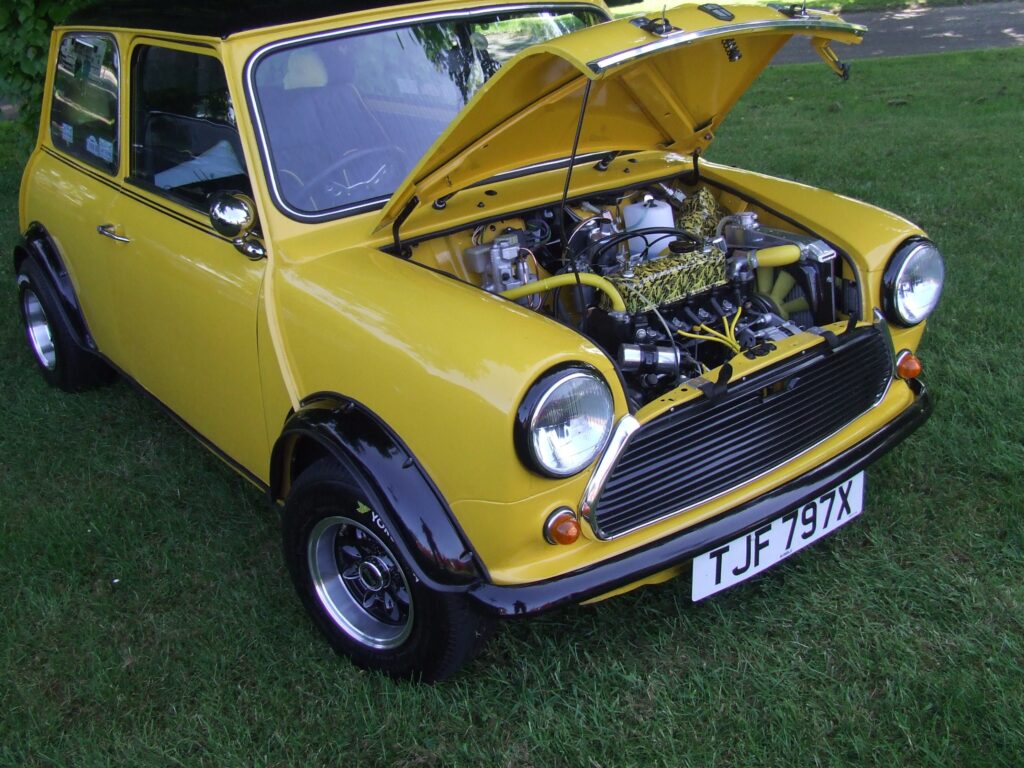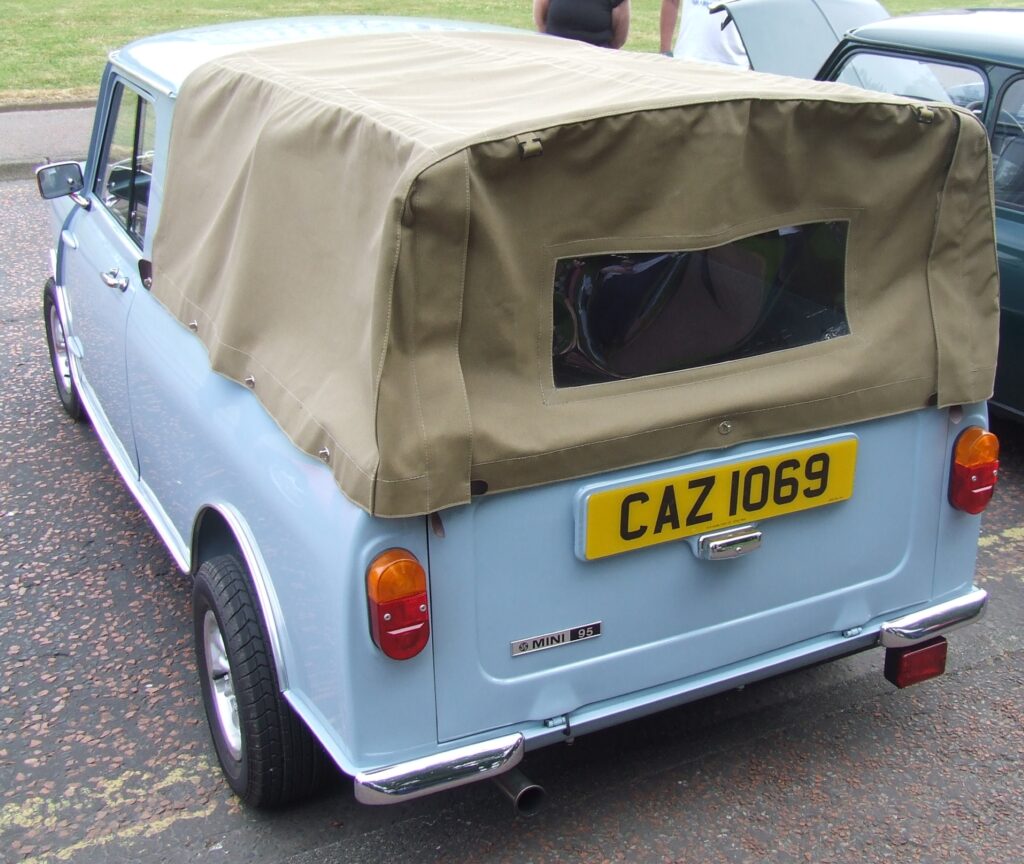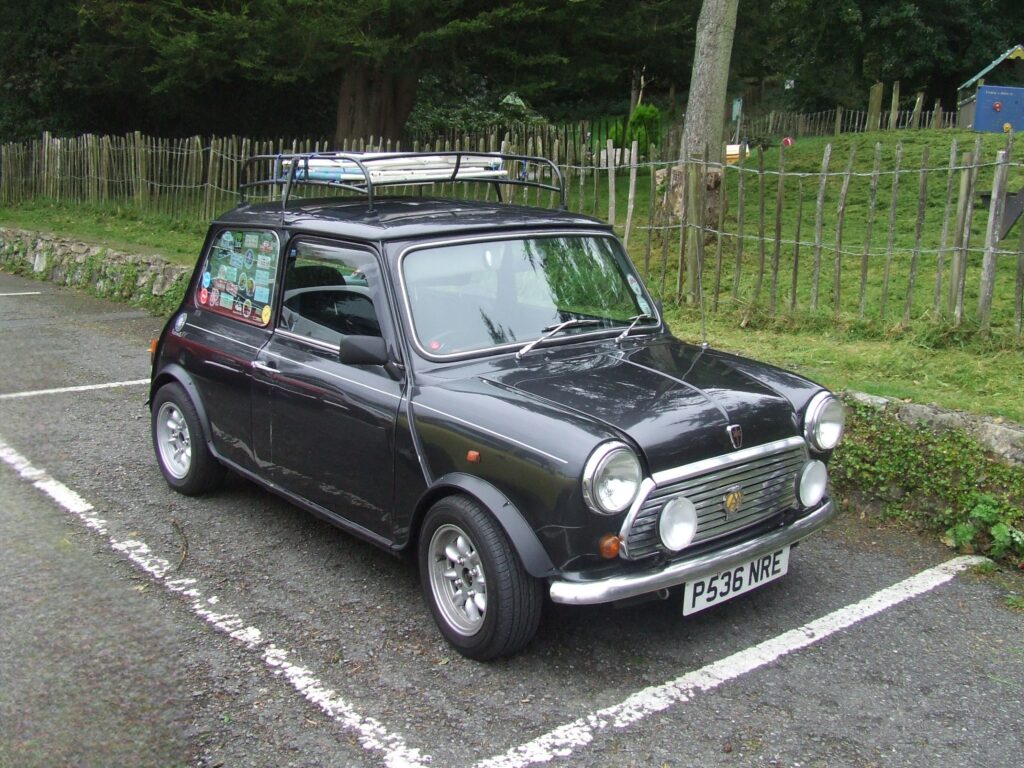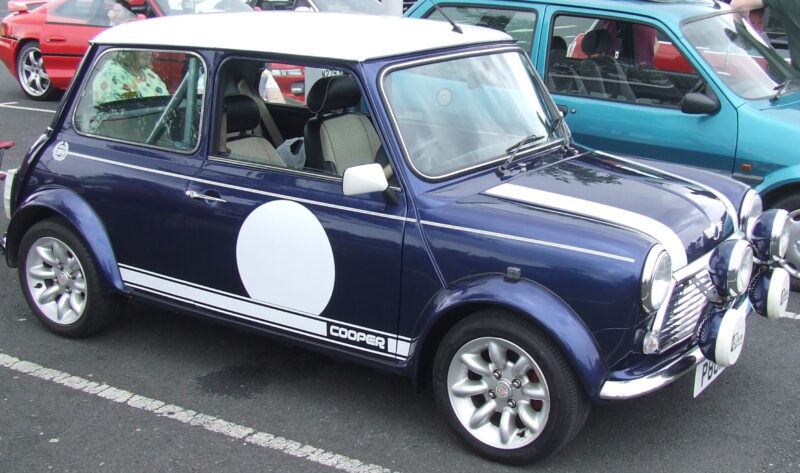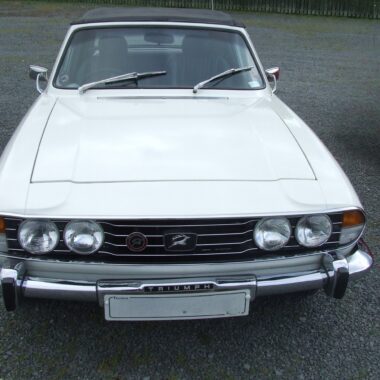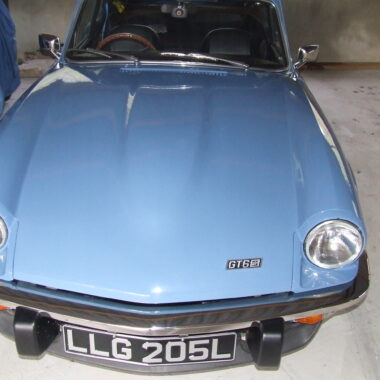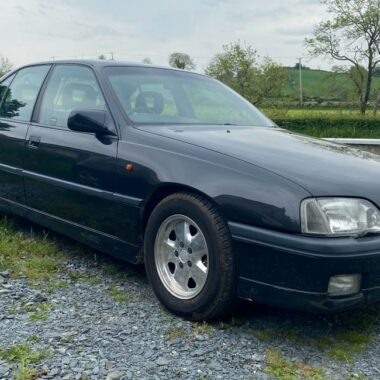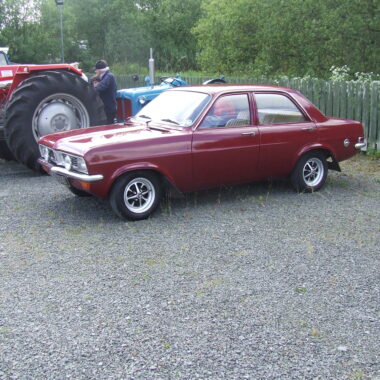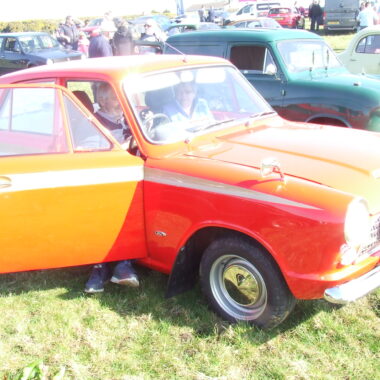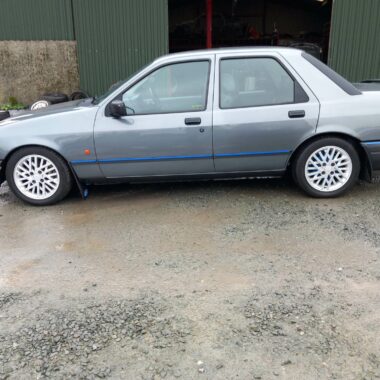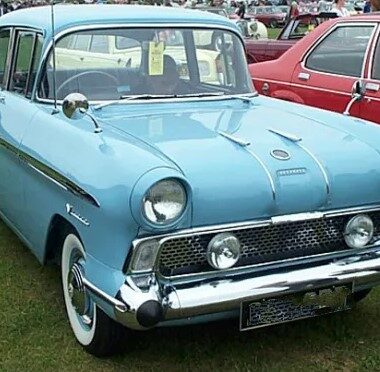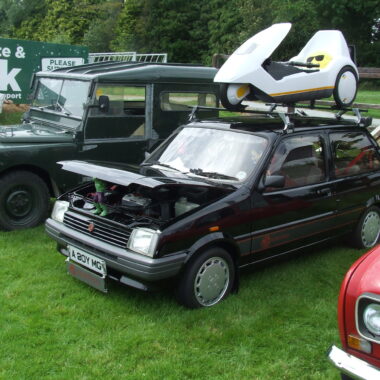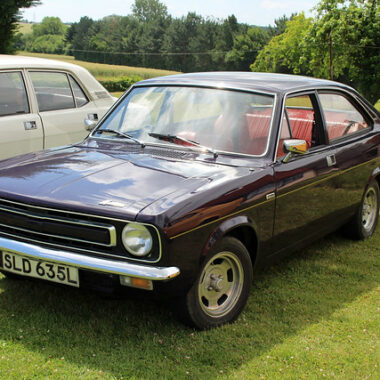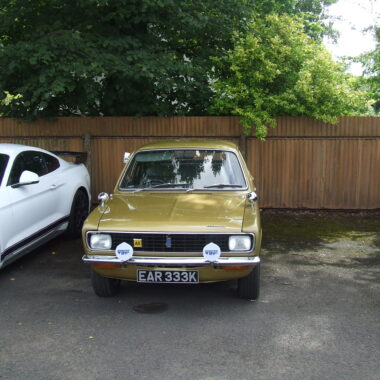Share this
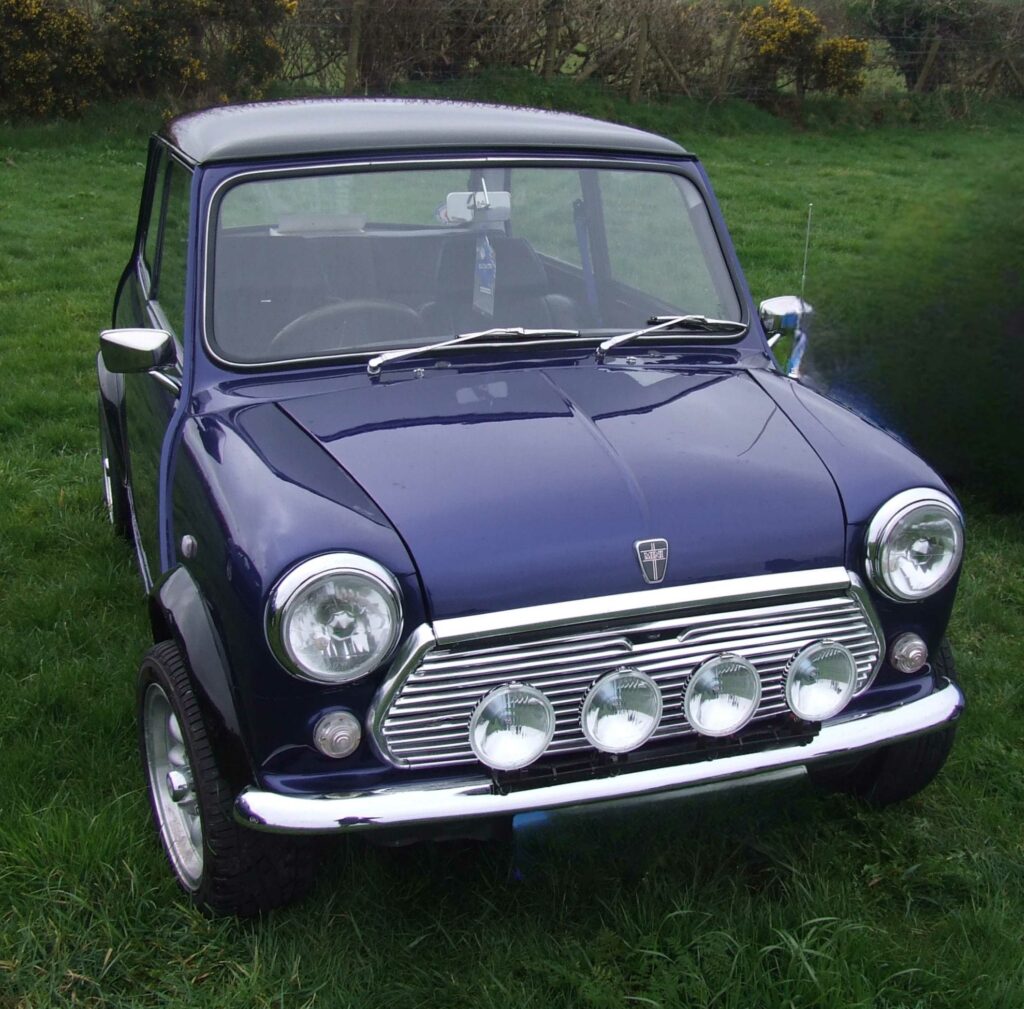
The Mini journeyed under three manufacturer titles between 1959 and 2000. The first 1959-68 being the British Motor Corporation (BMC); next 1968-86 British Leyland (BL) and finally 1986-2000 Rover. Over twenty years the Mini changed little on the outside while inside and underneath it was gently modernised. Yet, compared with the Mini offered today the previous Mini remains true to its name.
| Cost new (1991) | £1,650/Top Asking Price Nov. 2023 £11,495 (1000 cc Mint) |
| Engine | 4 cylinder 1000cc or 1275cc/61 bhp |
| Performance | |
| Fuel Consumption | 1000/ 1275/ |
| Road Tax |
HOW MANY STILL MOTORING IN THE UK
| Austin Mini 850 | Licensed: 1,816 |
| Austin Mini 850 | SORN: 1,414 |
| Austin Mini 1000 | Licensed: 733 |
| Austin Mini 1000 | SORN: 750 |
| Austin Mini 1000 Automatic | Licensed: 27 |
| Austin Mini 1000 Automatic | SORN: 46 |
| Austin Mini 1000 City E | Licensed: 990 |
| Austin Mini 1000 City E | SORN: 4,174 |
| Austin Mini 1000 City E Automatic | Licensed: 80 |
| Austin Mini 1000 City E Automatic | SORN: 406 |
| Austin Mini 1000 HLE | Licensed: 71 |
| Austin Mini 1000 HLE | SORN: 231 |
| Austin Mini 1000 HLE Automatic | Licensed: 3 |
| Austin Mini 1000 HLE Automatic | SORN: 26 |
| Austin/Morris Mini 850 Pick UP | Licensed: 32 |
| Austin/Morris Mini 850 Pick UP | SORN: 25 |
| Austin Mini 1000 Pick UP | Licensed: 25 |
| Austin Mini 1000 Pick Up | SORN: 26 |
| Austin/Morris 850 Van | Licensed: 92 |
| Austin/Morris 850 Van | SORN: 43 |
| Austin/Morris 1000 Van | Licensed: 23 |
| Austin/Morris 1000 Van | SORN: 18 |
| Rover Mini Advantage 1000 | Licensed: 75 |
| Rover Mini Advantage 1000 | SORN: 366 |
| Rover Mini Chelsea 1000 | Licensed: 41 |
| Rover Mini Chelsea 1000 | SORN: 208 |
| Rover Mini Designer 1000 | Licensed: 88 |
| Rover Mini Designer 1000 | SORN: 431 |
| Rover Mini Jet Black 1000 | Licensed: 58 |
| Rover Mini Jet Black 1000 | SORN: 246 |
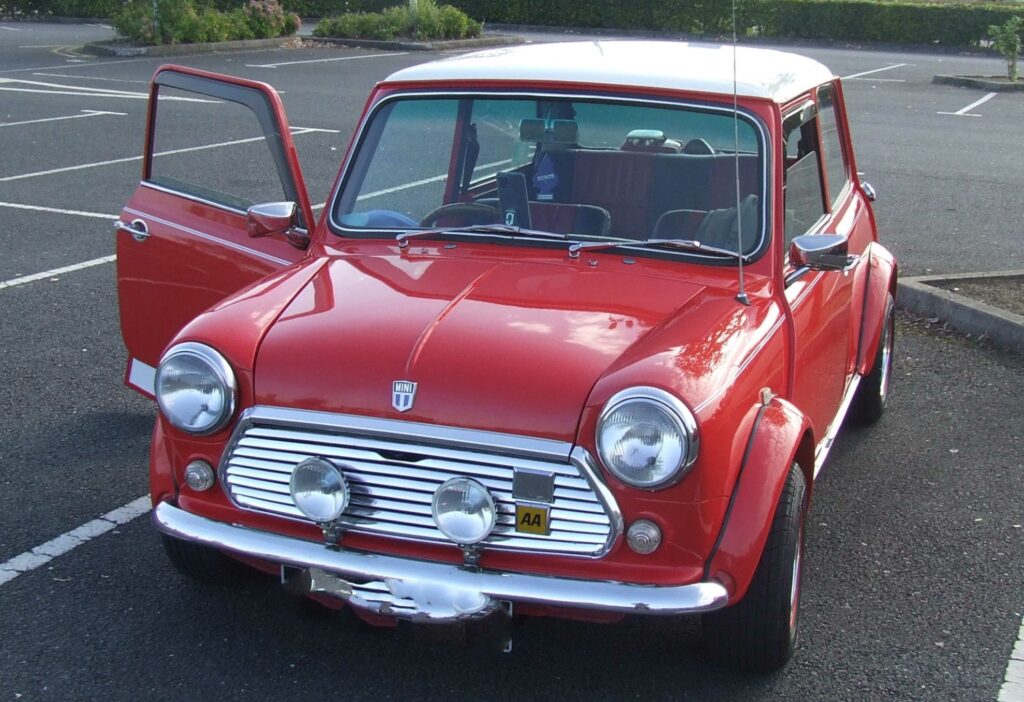
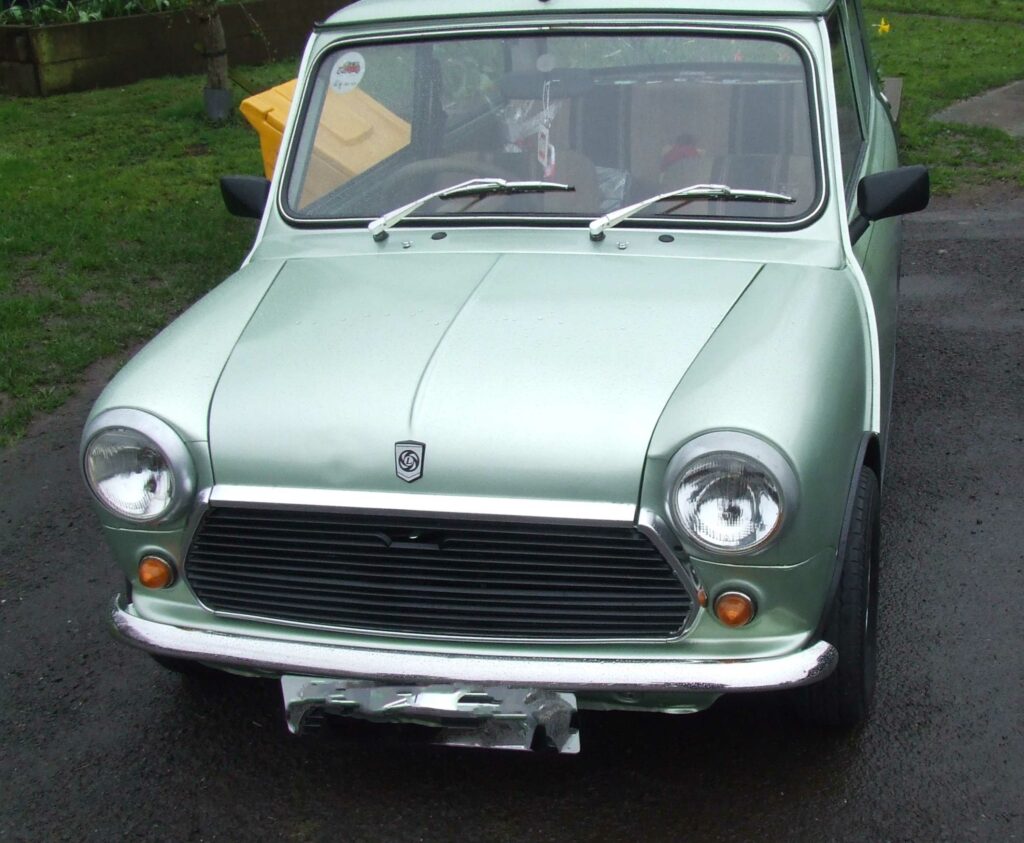
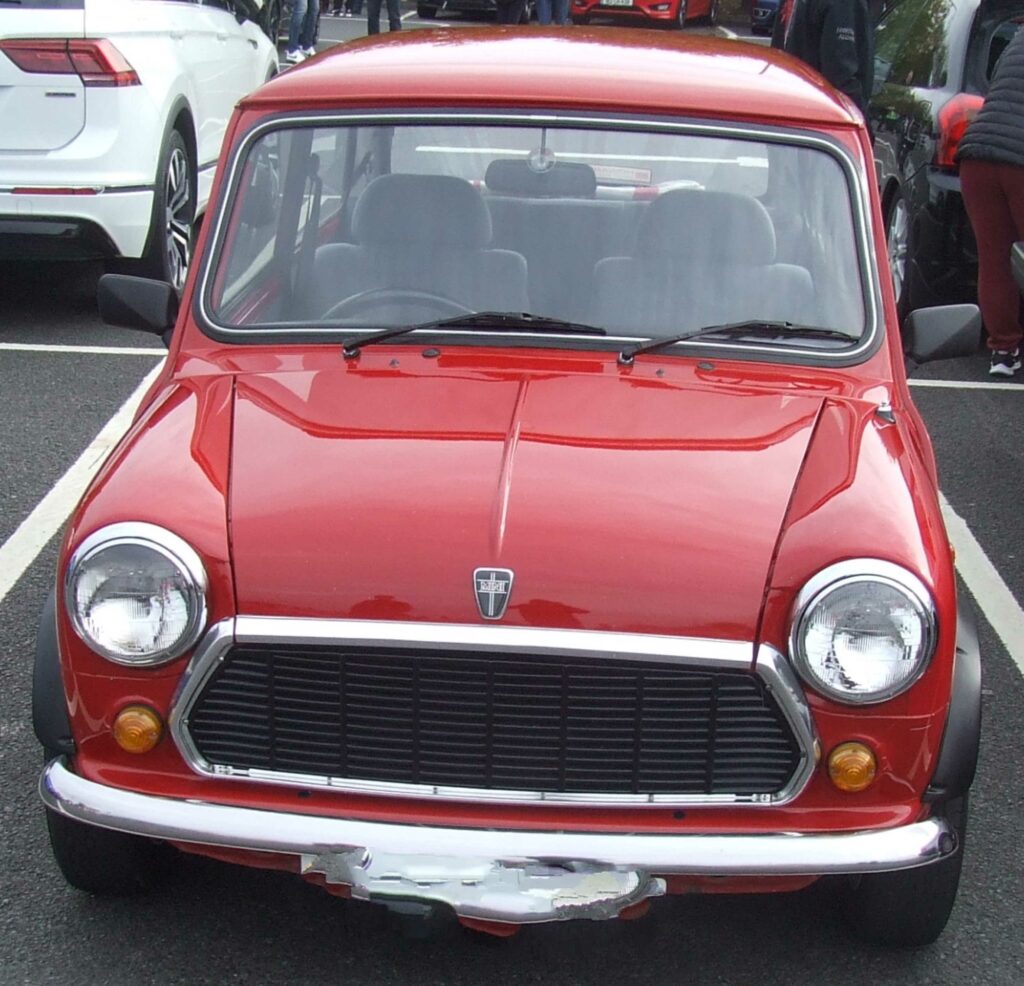
1959 the Mini arrived to a baffled audience. No one had seen anything quite nlike it before yet from ’59-67 the Mark One Mini hit the road with a successful minimal approach to modern day transport. With sliding windows, external door hinges it quickly grew a fan base. But it was not until 1962 before it became recognised as the Mini brand. Initially, minis were badged as Austin Sevens or Morris Mini Minors. The difference between the two the Seven has a wavy grille and the Morris a straight one. They stopped production of this mini in 2000. The original mini cost a total of £497 when new and only a small number were sold in the firsat year, reaching a total of 8,000 units.
The mini was produced at Oxford between 1959 and 1968 with a peak output of 941,889 cars produced. As far as reliability was concerned the mini proved only average. Neither best or worst just somewhere in the middle. The last classic mini special edition, the Mini Cooper Sport 500 came out in 2000 and featured a platinium silver roof. As a brand the mini started production initially by the Rover Group, previously known as British Leyland (BL) but, after BL was broken up and sold to BMW in 1996 the Mini established itself as a brand on its own. However, we’re jumping ahead, between 1959 and 2000 the classic mini came in many different forms and in total a production of 5,378,776 units. All before BMW’s Mini One was introduced.
The original mini is today considered an icon from the ’60s. Its space saving transverse engine and front wheel drive l,ayout allowed 80% of the area of the car floorpan to be utilised. In 1964 BMC conquered some of the best at the Monte Carlo Rally with its works minis. Today the Monte Carlo Rally remains one of Europe’s most prestigious rally events. The Mini Cooper S became an instant car star as a consequence. In its original forms with either the 850cc/34 bhp or 1000 cc/55 bhp engines it remained a highly agile car thanks to its light weight. Back in 1964 it was our very own Paddy Hopkirk from Belfast who won the Monte Carlo Rally in his works Cooper S.Sadly, Paddy passed away at the age of 89 while his memory lives on.
The original 850 cc mini proved good for a top speed of 72 mph which goes to show how much has changed since the sixties in regard what is considered as a good top speed. However, Paddy Hopkirk Limited Editions, a total of just 100 were also produced for the UK market. The cost for one of these was basically a standard Cooper S on which the works car was based plus all the non-standard equipment introduced that made it a rally winner making a total of £28,000. Durin g the years ’65-’67 the Mini would win at Monte Carlo twice. The 100 Lakes in Finland three times,; the Circuit of Ireland tghree times; Rally Poland twice and the only home victory came in 1965 at the RAC Rally with Rauno Aaltonen inb the drivers seat. Early Mark 1 Minis remain the rarest of all as well as the most expensive. The very first ’59 models in good condition can fetch in excess of £20,000.
The classic mini pick up used the 1.0 litre engine with 38 bhp.
When the 1275 cc mini arrived and proved a terrific fun motor for all by offering a top speed of 96 mph and 0-60 in 11 seconds, which may not sound like much fun today, but even today the mini retains its go-kart agility providing sensations bound to thrill, especially along bend ridden roads. When following behind one of these minis you can be forgiven for suspecting it was running off line and was overly noisy. However, the engine and gearbox always had a whine as the metal spun as was intended. Inside the mini was about as basic as you could get and space in the boot was far from large, lunch boxes only. Ecxonomy was around 30-35 miles per gallon which back then was better than most had ever imagined.
The downside of mini ownership was as small as the car itself while the plus side was huge. Small outside and big inside is what the mini was about. ease of parking was the easiest possible. Mechanicals were straightforward with most of everything well established and drawn from the Morris Minor and other older vehicles. Today the Mini has been in production for over 60 years although now in different forms, but for me it remains one of the most fun cars to drive full stop.
